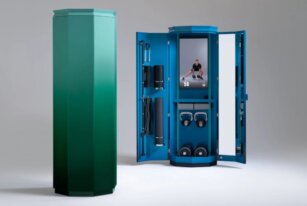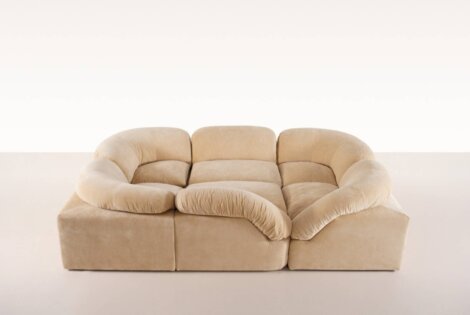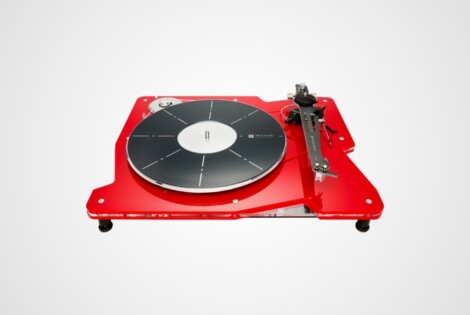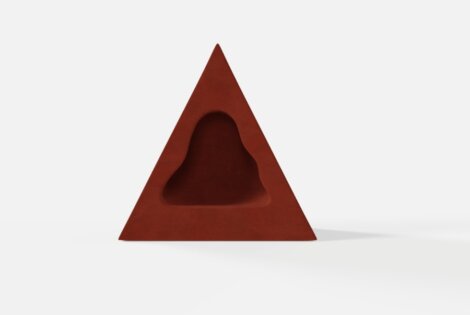The devastation caused by the Los Angeles fires is a stark reminder of how precarious life can be. Not even Hollywood actors living in the U.S.A.’s second-largest city are immune to the destructive power of nature.
The Palisades Fires led to evacuation orders for more than 200,000 people, killed dozens, and destroyed more than 12,000 structures. Estimates about the insurance damage caused by the fires are now as high as $30 billion, but some estimate that the total damage, including public infrastructure and uninsured property, could total as much as $250 billion.
The wildfires in the news serve as an opportunity to reconsider how well-protected your home and your belongings are. It’s always a good time to review your home insurance to make sure that you have the protection you need to rebuild your home and replace your belongings.
Home Insurance in a Wildfire: The Basics
To understand whether you have the right insurance coverage, you need to know how insurance policies work. First, they operate based on perils, i.e., potential causes of damage and loss. If the peril is not covered by your policy, your insurance will not help you replace lost belongings or a lost home.
Fortunately, wildfires are commonly included perils in most home insurance policies. Most basic policies also include coverage for:
- Fire and smoke
- Lightning
- Wind storms
- Hail
- Explosions
- Theft
- Vandalism
More comprehensive policies may broaden coverage by only listing the perils that they do not cover, with a guarantee to cover everything else. It is important to read and understand the fine print to know how your policy works to provide you coverage.
If there is any ambiguity about whether your loss is from a covered peril, get the help of an insurance lawyer like Virani Law.
Check Your Home Insurance in a Flood
While wildfires are more commonly covered perils, flooding is not. Many homeowners see that “water damage” is covered and mistakenly believe that they will be covered for flooding. Most home insurance policies do not cover flooding, sewer backup, or earthquakes without the homeowner taking out extra coverage for that peril.
This will add to the cost of your insurance premiums, but it’s a must-have if you want to protect your most valuable investment. Consider looking into what type of water damage coverage your policy has currently, and consider whether it’s in your best interest to extend that coverage to cover more causes of loss. Water losses can be very costly, and the magnitude of the damage can expand quite quickly.
Contents Insurance: Insuring Technology and Expensive Gear
In addition to the physical structure of your home itself, your home insurance also covers your belongings. However, when it comes to your insurance, it never pays to make assumptions about what is covered and for how much.
The way that your contents coverage is calculated may not accurately reflect the value of the belongings you have. Often, contents coverage is calculated as a percentage of the structure coverage. This reflects the average value of household belongings, but it may not reflect yours, especially if you own a large amount of expensive technology, or professional equipment. Take the time to consider any high-valued items you own, along with the rest of your belongings, and estimate whether your policy provides enough coverage if you had to replace everything with today’s pricing. People often overlook the impact big items such as furniture, appliances, and your entire wardrobe have if you were to lose everything. It ends up being more than you may think, and sometimes more than your policy limit, leaving you out of pocket.
When you own a large amount of exceptionally valuable items like equipment and technology, whether for work or personal interests, you may need to extend your contents coverage. Create a comprehensive list of your belongings and the amount you paid for them. Then, get in touch with your insurer to make sure that you’re adequately covered. Better to put some thought into this now before disaster strikes and it is too late.
Image Credit: Lucas Favre via Unsplash







